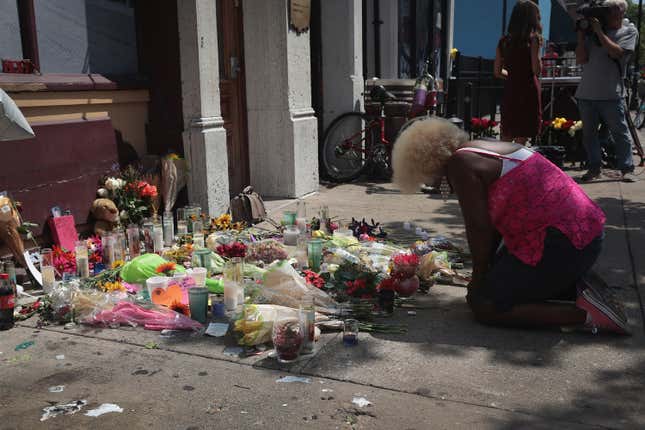In High School, Dayton Gunman Kept a List of Students He Wanted to Kill and Rape
Latest

The gunman who killed nine people in Dayton, Ohio early Sunday maintained a “hit list”of high school classmates he wanted to kill (if they were boys) or rape (if they were girls), CNN reports, meaning he fits into a larger pattern of mass shooters with rich histories of violence against women.
While police have not yet uncovered what motivated 24-year-old Connor Betts to open fire at a popular nightlife district before getting fatally shot himself, they do have quite a bit of material to work with from his past. One classmate, included on Betts’ list, recalled him as being “dark” and “depressive.”
-

-

-

-

-

-

-

-

-

-

-

-

-

-

-

-

-

-

-

-

-

-

-

-

-

-

-

-

-

-

-

-

-

-

-

-

-

-

-

-








































